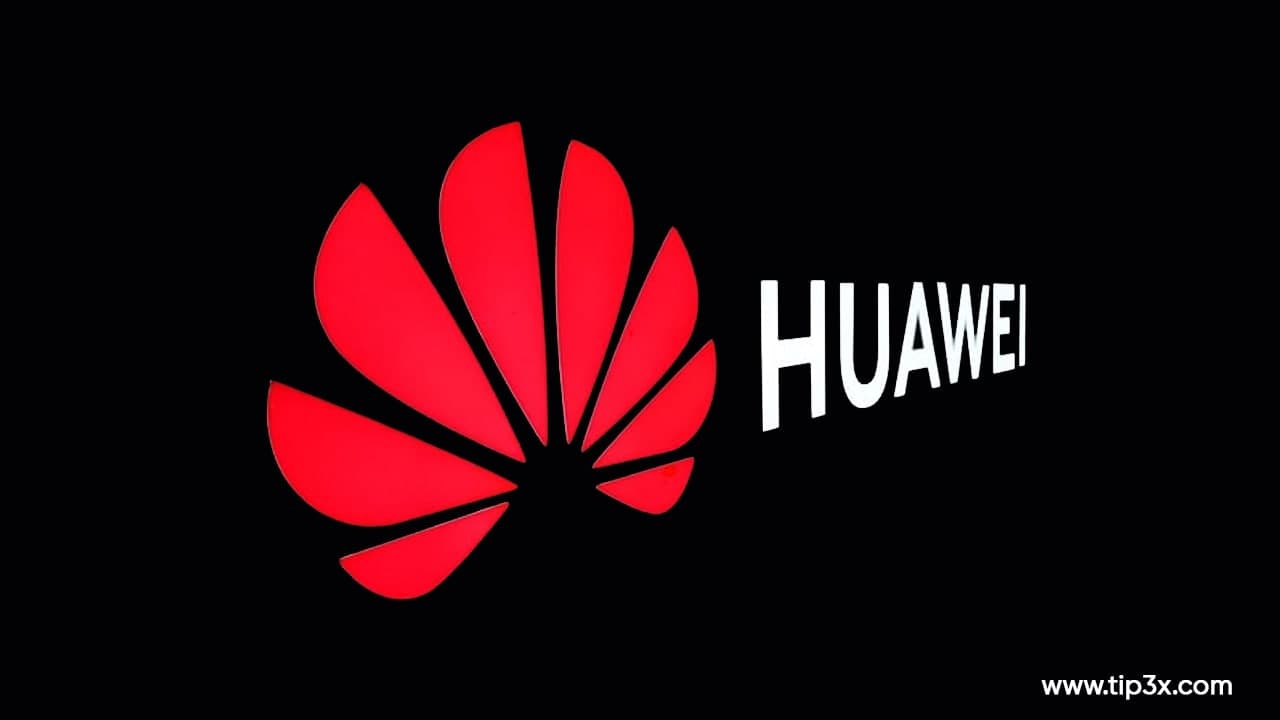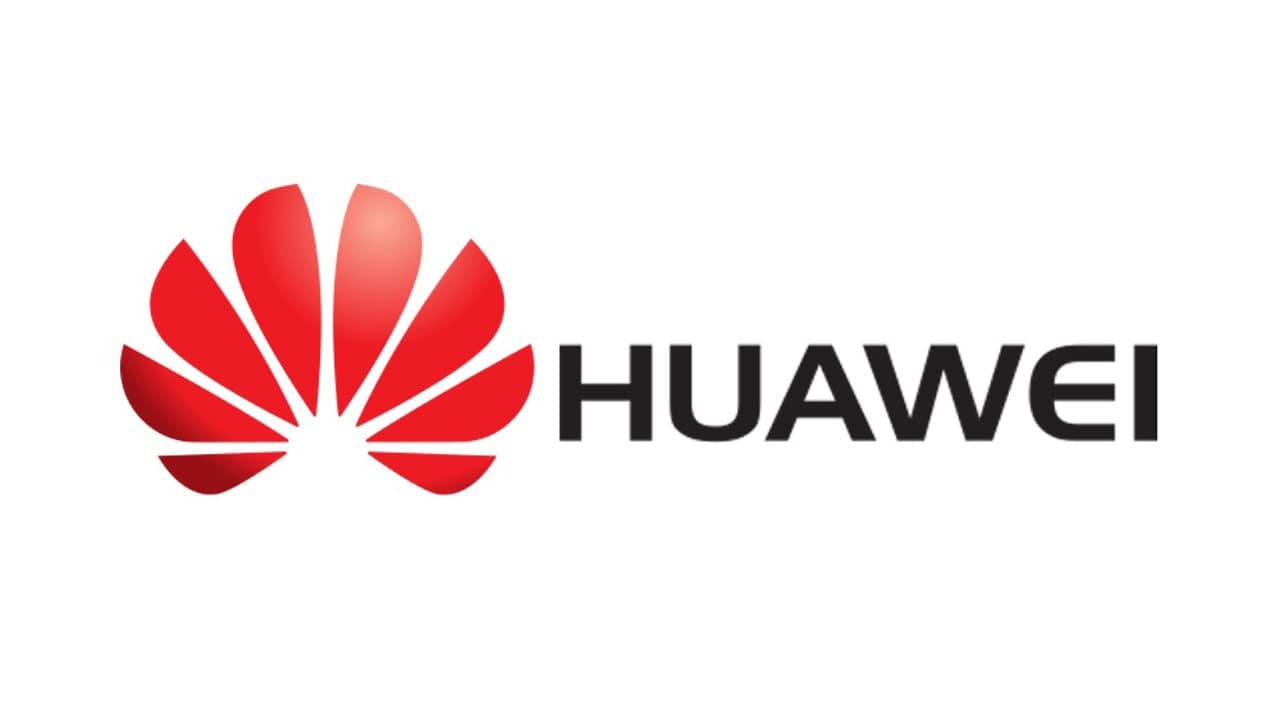How will Huawei’s chip “stuck neck” be solved in the future? The outside world has been divided. At the Huawei 2021 annual report conference held recently, Guo Ping, Huawei’s rotating chairman, gave the answer.
Join tip3x on Telegram
Huawei has publicly confirmed the chip stacking technology. The higher performance can be exchanged by increasing the area and stacking, so as to achieve the competitiveness of low-tech processes to catch up with high-performance chips.
According to past experience, when Huawei announces a technology, it has often verified its feasibility. This also means that Huawei’s chips using chip stacking technology are likely to come out in the near future.

Of course, after the performance of low-process chips is improved through stacking technology, there is a very real problem. For example, after the volume becomes larger, the subsequent increase in power consumption and heat will also increase.
If the mobile phone SoC is adopted, the internal space, structural design, battery capacity, and other limitations of the mobile phone must also be considered. There are still many problems to be solved.
Huawei already has clear goals and strategies in the chip field. As for when it will land, can it be applied to mobile phone SoC chips, and will a new generation of Kirin chips come? Just give it time, I think we should trust Huawei.

Question one: How does Huawei solve the chip supply chain problem? is answered by Guo Ping: From sand to chip, solving the entire semiconductor problem should be said to be a very complicated and very long investment project, which requires patience.
Under the difficulties that advanced technology is not available, and the single-point technology leadership encounters difficulties, we are actively looking for breakthroughs in the system.
The future chip layout adopts a multi-core structure to support software architecture reconstruction and performance doubling. It is equivalent to injecting new life into the chip, and I think we can increase our new continuous supply capacity.

Question two: Does Huawei have plans to build its own chip factory, and how can it be sustainable without chips? Guo Ping: In 2019, Huawei’s mobile phone shipments were 120 million units, which means that 120 million mobile phone chips are needed.
In 2019, Huawei’s 5G base station shipments were 1 million units. If each base station needs one chip, it needs 1 million. The mobile phone business has experienced a very, very big decline in 2020, but the continuity of our To B business is still guaranteed.
For example, using the area for performance and stacking for performance, so that less advanced processes can continue to make Huawei can be competitive in future products. Huawei will continue to work in this direction.
(Via)







